BAIÃO MASSACRE
Pará State, 21 March 2019
Massacre of six Rural Land Users and Defenders
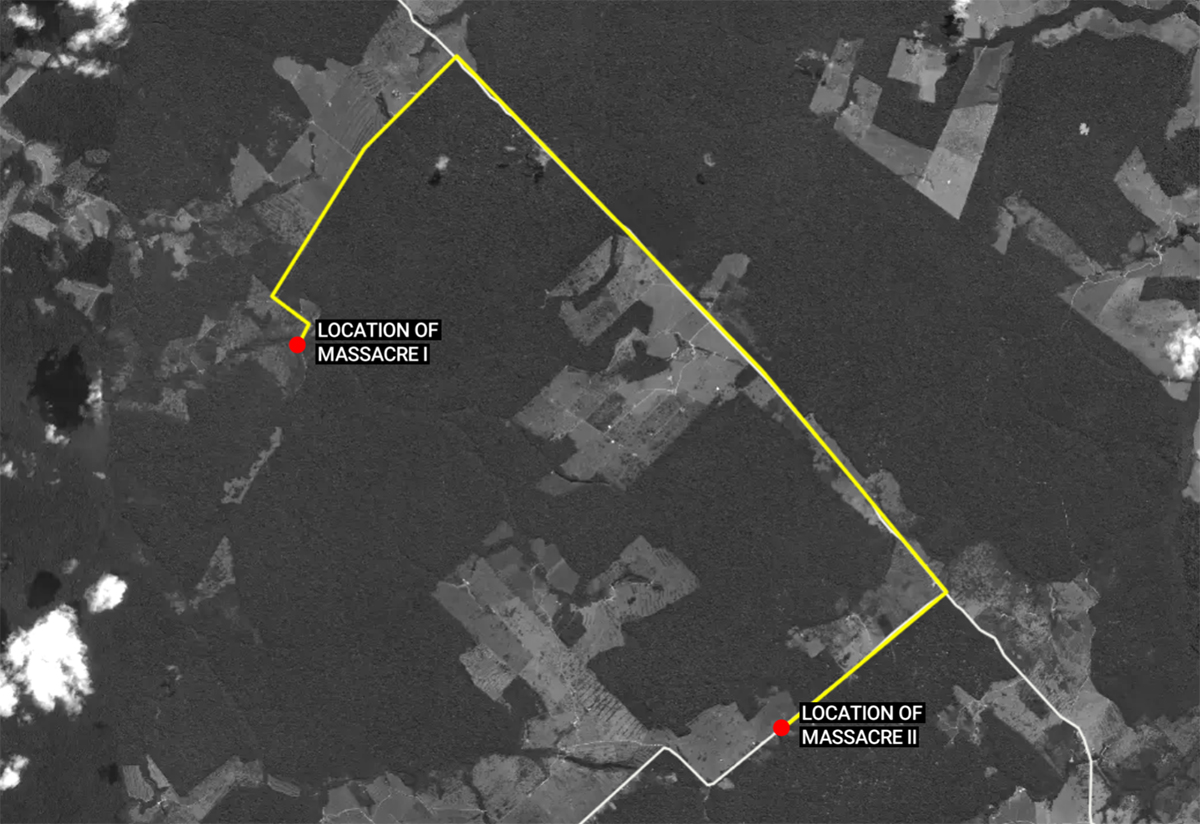
On the evening of 21 March 2019, three rural workers were killed, execution-style with single gunshots to the head, in a shack on the estate of Mr Fernando Ferreira Rosa Filho (Fernandinho), their boss. The killers set fire to the bodies and the shack.
After murdering the three rural workers, the hitmen went onto kill Dilma Ferreira Silva – a prominent activist – in her home in the Salvador Alhende settlement in the municipality of Baião, 14 kilometers from the site of the first three murders. Dilma Silva, her husband Claudinor Amaro Costa da Silva, and a friend and neighbour, Milton Lopes were all killed. The victims’ hands and feet were tied as they were stabbed to death.
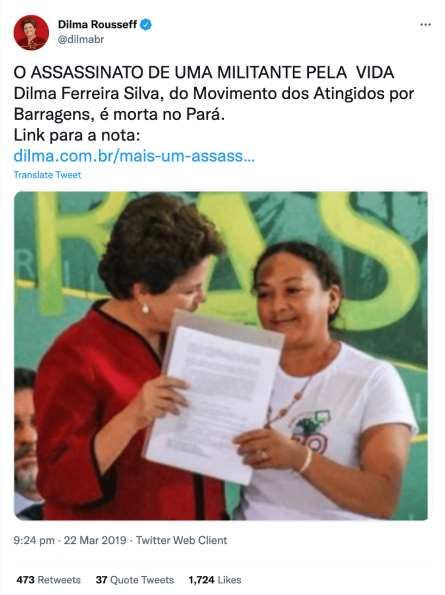
Dilma Ferreira Silva, one of those killed in the attack, was a regional coordinator of the Movement of People Affected by Dams (MAB), which advocated for people who, like her, believed they had not been properly compensated for damages resulting from the construction of dams. She fought for decades against the Tucuruí mega dam project initiated during the military dictatorship, and a symbol of dispossession in the state of Pará. In particular, Dilma Fereira fought for the women affected by the dams, helped develop income generation projects for women. A well-known activist, in 2011, Dilma Fereira delivered a document claiming the rights of those affected by dams to then President Dilma Rouseeff.
On 21 March 2019, at around 4:00pm, five men in three motorcycles were seen stealing petrol from the motorcycle of a neighbouring farmer, before heading to the ranch of Mr Fernando Ferreira Rosa Filho, located off Transcametá highway (BR 422). The victims, Marlete da Silva Oliveira, Raimundo de Jesus Ferreira, and Venilson da Silva Santos all worked for Fernandinho. The three workers were killed, with shots in the head. The petrol was presumably used to burn the bodies and the shack
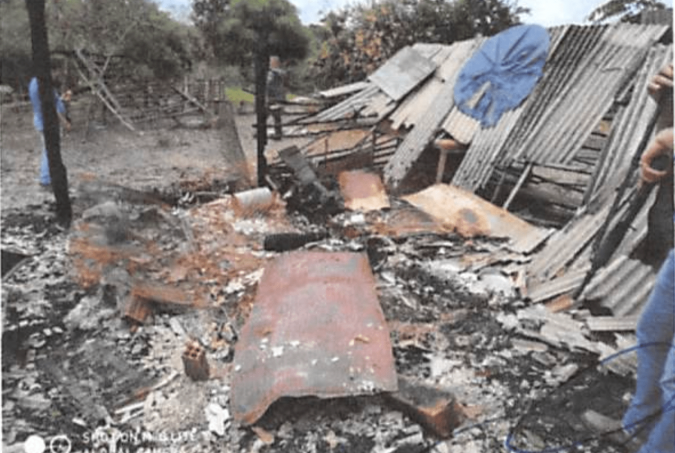
Crime scene 1: burnt shack where victims' burnt bodies were found.
The hitmen then traveled to the home of Dilma Fereira in the Renato Lima Settlement, a land-reform project for poor farmers. The killers, riding in three motorcycles, were seen entering Dilma Fereira’s property at around 7:20pm. By 11:30pm and 1:00am, Dilma Fereira, her husband Claudianor Amaro Costa da Silva, and their friend and neighbour, Milton Lopes were all dead.
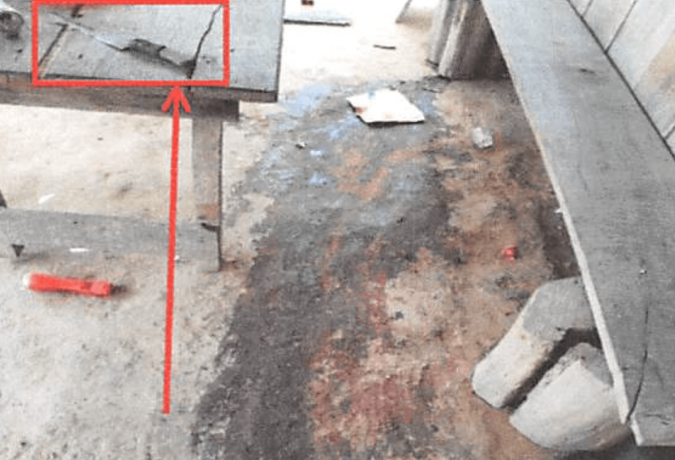
Crime Scene 2: Knife reportedly used in the crimes and blood marks left at the entrance of the Bar.
According to police reports, Dilma Silva’s hands and feet were found tied. Her abdomen and neck were cut open. Claudinor Silva, Dilma’s husband, was gagged and also stabbed. His body was found on the bed with his guts inside out. Lopes was also found stabbed on the chest and abdomen.
We recreated a 3D model of the crime scene at Dilma Silva’s home using photographs taken during a field trip to the site, and police photographs used as evidence in the legal case to visually demonstrate the position of the three victims’ bodies as they were found the morning after the brutal triple murder.
The case received widespread national and international attention that moved the Brazilian authorities to act. On 26 March, Fernandinho, the lead suspect in the case, was arrested for organising the killings.
Police believe Fernandinho hired five hitmen (among them four brothers) to carry out the execution because he feared that the employees—who had complained about their working conditions—would tell authorities that he was engaging in illegal logging, as well as drug trafficking. According to reports, Fernandinho ordered Dilma Fereira’s killing because she had threatened to report his illegal logging to police and IBAMA. From the executioners hired by Fernandinho, Valdenir Farias de Lima confessed to participating in the crime. Cosme Alves is in prison. Marlon Alves and Alan Alves were killed by the police in Marabá in the state of Pará. Glaucimar Alves remains on the run.
The charred remains of the wooden shack where Marlete da Silva Oliveira, Raimundo de Jesus Ferreira, Venilson da Silva Santos were executed and then burned, can still be found today. The house where Dilma Ferreira Silva, Claudinor Amaro Costa da Silva, Milton Lopes still stand and the violent traces of the triple murder– the bar, blood stains and bottles– are still visible where the crime was committed. These are enduring symbols of violence against landless workers and rural people. Deforestation continues to thrive in the area.

